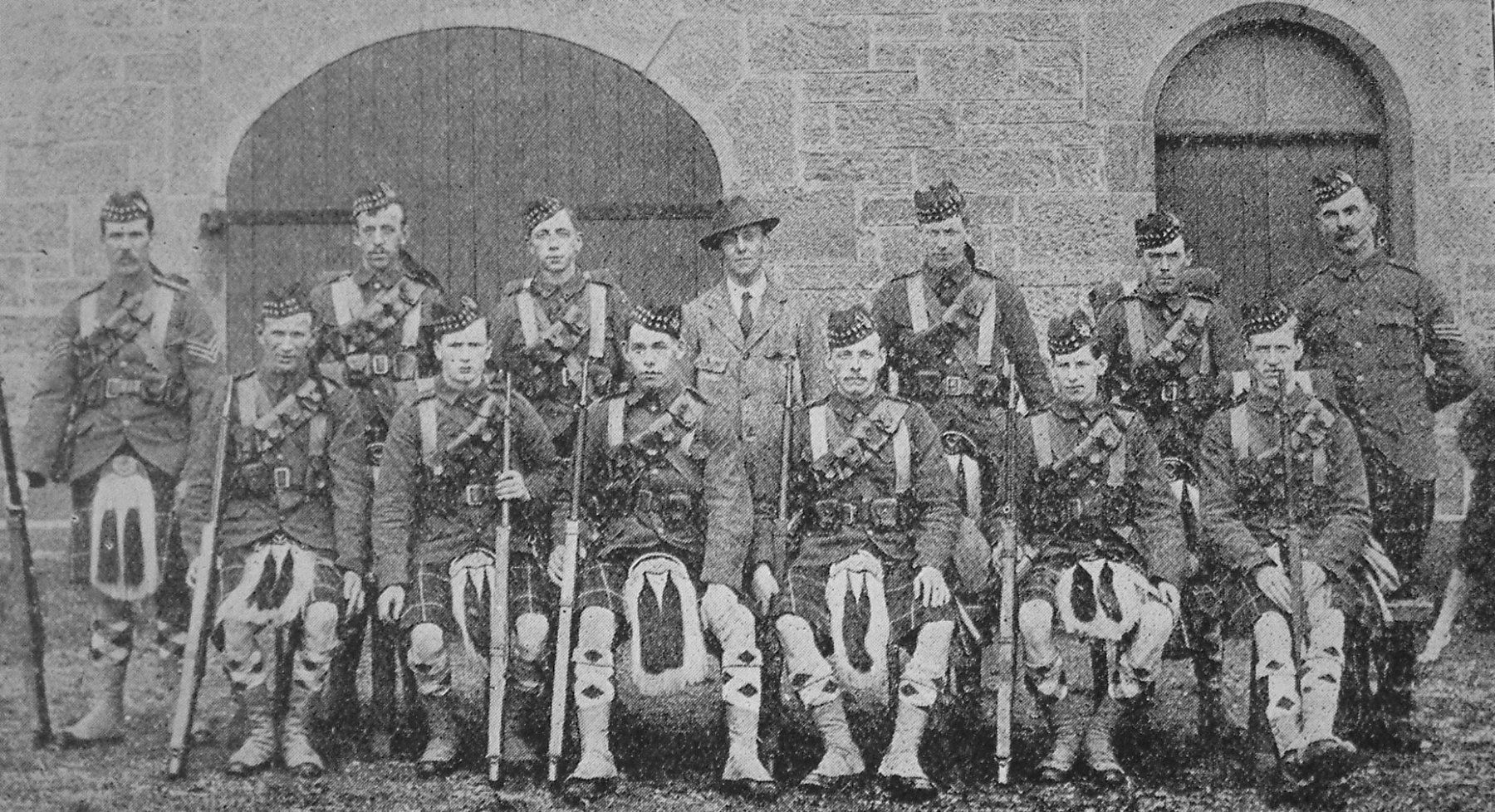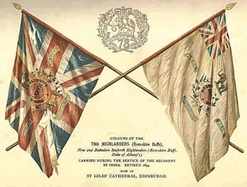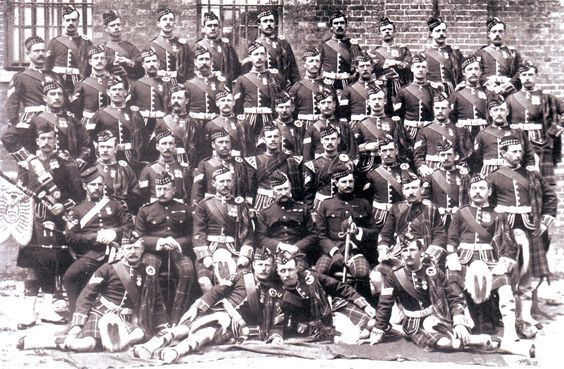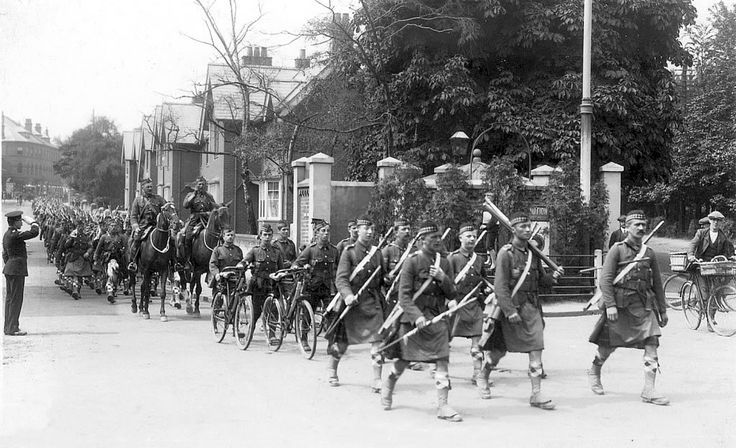Regimental History
Although the Earl of Seaforth raised the Seaforth Highlanders in 1778 as the 78th Regiment (Highland) Foot, it was not the first regiment to bear this number. That honour befell the 78th (Highland) Regiment Foot, known as Fraser's Highlanders; raised as the 63rd Foot in 1757 and renumbered in 1758. The Regiment served in North America during the Seven Years' War and fought in all major engagements. It was finally disbanded in 1763.
Here follows a brief history in tribute to all those who served in and alongside the Seaforth Highlanders.
1857, India
An incident occurred during the Battle for Cawnpore which is worth recording. By some mistake a bugler sounded the "officers’ call" in the rear of the 78th. The officers of the regiment immediately assembled near the general—who was standing close by—imagining that he wished to see them. On discovering the mistake, General Havelock addressed them as follows:-
"Gentlemen, I am glad of having this opportunity of saying a few words to you which you may repeat to your men. I am now upwards of sixty years old;
I have been forty years in the service: I have been engaged in action about seven-and-twenty times; but in the whole of my career I have never seen any regiment behave better, nay more, I have never seen any one behave so well, as the 78th Highlanders this day. I am proud of you, and if ever I have the good luck to be made a major-general, the first thing I shall do, will be to go to the Duke of Cambridge and request that when my turn arrives for the colonelcy of a regiment, I may have the 78th Highlanders. And this, gentlemen, you hear from a man who is not in the habit of saying more than he means.
I am not a Highlander, but I wish I was one"
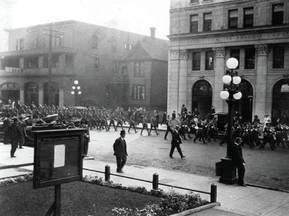
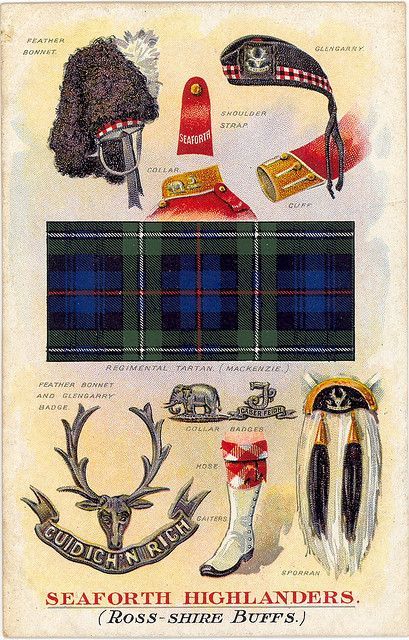
Key Dates In History
1778 - The current Regiment, raised in 1778 as the 78th
1786 - Was renumbered The 72nd (Highland) Regiment of Foot
1782 = The Regiment was in India assisting the Army of the East India Company in its campaign against Tipoo, Sultan of Mysore,
1793 - The 2nd Battalion of the Seaforth Highlanders raised as the 78th Highland Regiment of Foot
1794 - Augmented by a second battalion, known as the Ross-shire Buffs, in 1794.
1794/5 - 1st Battalion served in Flanders with the Duke of York
1795 - 2nd Battalion sent to the Cape of Good Hope
1803 - Napoleonic Wars began
1804 - Second battalion raised which never saw service
1803-1804 - Battalions combined at Cape, distinguished in Sir Arthur Wellesley's campaign against the Mahrattas gaining the Honour Assaye.
1806 - Helped capture the Cape of Good Hope from the Dutch
1809 - Many of the men of 2nd Battalion were sent to the 1st Battalion, while the reminder returned home to recruit.1st Battalion landed in India taking part in the capture and occupation of Java, returning home in 1813 Lost Highland status and ceased to wear kilt
1809 – 1814 - The 2nd Battalion went to Holland in the latter stages of the Napoleonic Wars
1814 - 2nd Battalion remained in Belgium in garrison at Nieuport and did not take part in the Waterloo campaign
1815 - Napoleonic Wars ended
1816 - 2nd Battalion disbanded
1823 - Re-titled The 72nd (Duke of Albany's Own Highlanders) and allowed to resume wearing highland dress such as the feather bonnet. However, instead of the kilt, it wore trews of Royal Stuart tartan.
1828 - Regiment returned to the Cape
1825 - Engaged in Kaffir War
1863 - Served in Umeyla Expedition
1865 - Returned Home
1871 - North West Frontier
1879-80 - Afghan campaigns including the battle of Kandahar
1881 - Both Regiments were amalgamated as the 1st and 2nd Battalions Seaforth Highlanders (Ross-shire Buffs, The Duke of Albany's).
1882 - 1st Battalion then fought in the Egyptian Campaign, 2nd Battalion in India
1898 - 1st Battalion in Nile Expedition taking part in the battle of Omdurman
1899 - 2nd Battalion in South Africa where it served in Highland Brigade
First World War - First World War - the Regiment expanded with both regular and territorial battalions supplemented with the raising of reserve and service battalions. Its 18 battalions fought in most theatres of operations and were awarded a further 76 Battle Honours and seven Victoria Crosses.
Post WWI - 1st Battalion returned home to serve in England, 2nd Battalion went to India
Second World War - The Regiment was expanded with the raising of further battalions. Between them they fought across the world in North Africa, Sicily, Italy, Burma and North-West Europe.
Post WWII - The strength of Regular Army reduced with most line regiments, including The Seaforth Highlanders, becoming a single regular battalion regiment again with the amalgamation of the 1st and 2nd Battalions in 1948. The Regiment then took part in operations against the terrorists in Malaya before returning to Scotland. Then served in Egypt Aden Gibraltar and Munster, Germany.
1961 - Amalgamated with The Queen's Own Cameron Highlanders in 1961 to form the Queen's Own Highlanders
